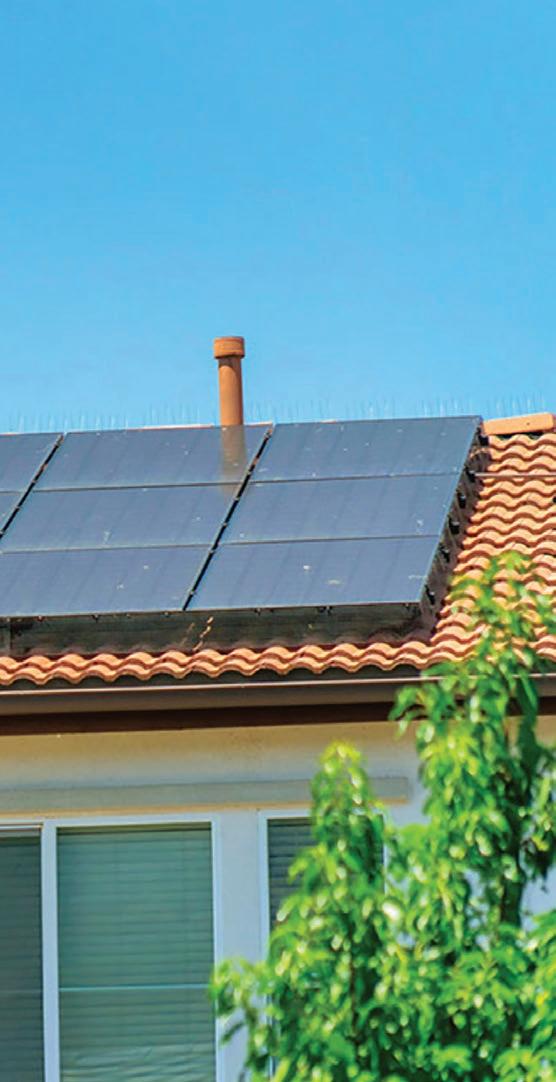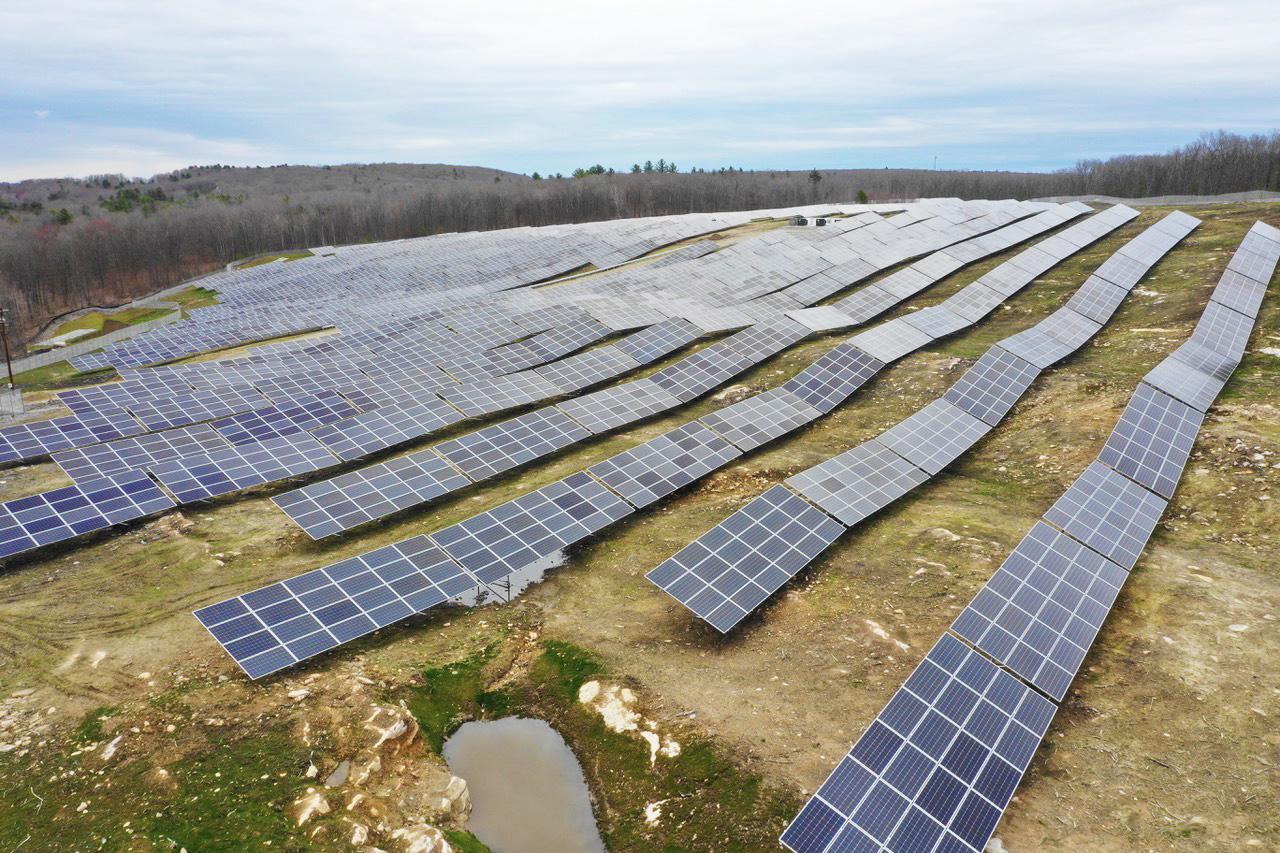
5 minute read
Recharting How Cities Power Up
Recharting How Cities Power Up
by Mark Brown
Someday the savings will be old news. But for now, headlines are made when a city’s electricity comes entirely from renewable resources—even for a few hours—with power contributions, requirements, and networks managed successfully. Or when a town not only survives Hurricane Ian, but comes through without losing power. In that city’s case, solar power and a lot of pre-planning were the heroes. Individually, people have been saving 5 to 15 percent through sharing community solar panels, or farms.
The stories make the news, but the technology and the innovations are proven. Cities like Onslow in Australia and Martha’s Vineyard and Honolulu in the USA have all found solutions that are helping to create a more livable local and global environment.
Benefits of green city initiatives
A green city, eco city, or sustainable city prizes the environment as well as the lives of the people that reside there. The city recognizes that a healthy natural world balances and contributes to the inhabitants’ physical, economic, and social health and wellbeing.
A little over half of the earth’s population lives in cities, yet consumes 80 percent of the energy and generates over 60 percent of total greenhouse gases. Sounds dire, but it doesn’t have to be. Within problems lie opportunities. Renewable city initiatives—which exist today and are ever evolving—have the potential to completely reshape the face of sustainability as related to municipal energy systems. Economic returns to businesses and utilities are realities.
In 2021, Onslow, Australia moved to supplying energy generated by the sun. Upon implementation, individual consumers reported savings of over $1000 per month. Even so, cloud events require flexibility and planning, while fluctuations in the power demand present a dilemma. The power company beat the challenges through a flexible distributed energy resources (DER) management system that enables greater renewables integration across its utility territory. It’s a story about how a utility, businesses, and consumers work together to contribute to cleaner air, resiliency, and lower electricity bills.
Passing savings to customers
Thanks to the educational work done in earlier years, most societies today recognize the human impact on the earth and the value of environmental sustainability as it relates to the reduction of greenhouse gas emissions.
The World Economic Forum reports that, by replicating “the investment level of the 2009 US Recovery Act, the US could focus on implementing smart buildings and energy infrastructure, keeping energy costs low for consumers. Combining this with road transport electrification and deployment of electric heat pumps could” reduce CO2 emissions by an extra 110Mt through 2025. Important to note here is that demand optimization will be a key part of the solution.
The WEF goes on to say that if Europe leverages “digitalization and demand optimization for greater smart flexibility, and accelerates electrification through transition to e-mobility and decarbonized heating systems,” Europe could see $36B in cumulative human health benefits due to lower air pollutants through 2030. Again, this ability exists today.
Smart flexibility can be found in Onslow, Australia, where the utility sought to network power sources. They saw that integrating behind-the-meter customer DER assets would provide shared value for all stakeholders. They also recognized the error of some utility companies that limited the amount of intermittent renewable energy connected to their networks. Onslow’s utility company moved beyond this thinking to implement a flexible and reliable solution that also improved operations, shared cost savings with customers, and informed new regulatory standards for renewable energy adoption.

Quantifiable benefits
The World Economic Forum reports that “Microgrids enable the integration of renewables at any scale and in closer proximity to their point of use, therefore offering another layer of benefits in reducing transmission loss, helping building owners and tenants around the world to realize greater resiliency and energy access, and to chart a path towards sustainability.”
In the US, Martha’s Vineyard worked with innovators to develop an autonomously-managed microgrid that includes a solar array and battery energy storage. Even more, the microgrid owner can sell extra power to the larger energy network or grid—proof that society is moving forward toward a reliance on mixed energy sources and a greener economy.
Innovation goes beyond technology, however, to include innovation in city planning. The city of Honolulu has offered commercial and multi-family buildings extra height if they include solar panels. In this city, solar power per capita is the highest in the US, with, on average, about a thousand watts of capacity per person. That works out to about three solar panels per person.
Environmental initiatives
This kind of innovative thinking around energy is not new. Renewable city initiatives have been in the works, and have been successful, for many years. Designers, engineers, and consumers innovate daily to positively impact generations to come. Technologies and techniques are being implemented in new ways. It’s up to each company to search for methods where they can use their ideas, and profit from them.
Mark Brown is Senior Global Utility Industry Principal and a member of the Yokogawa energy transition team. Yokogawa provides industrial automation and test and measurement solutions.
Yokogawa /// www.yokogawa.com








